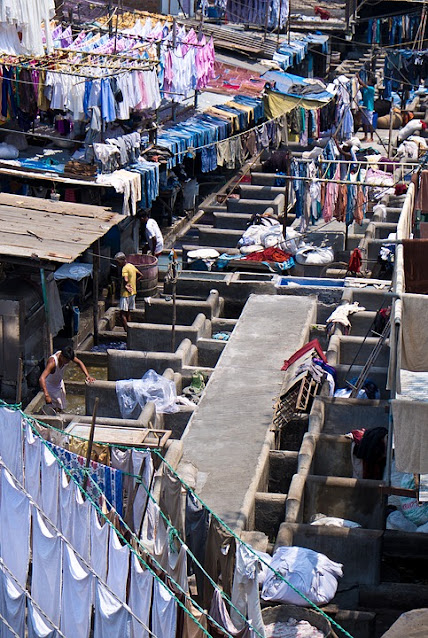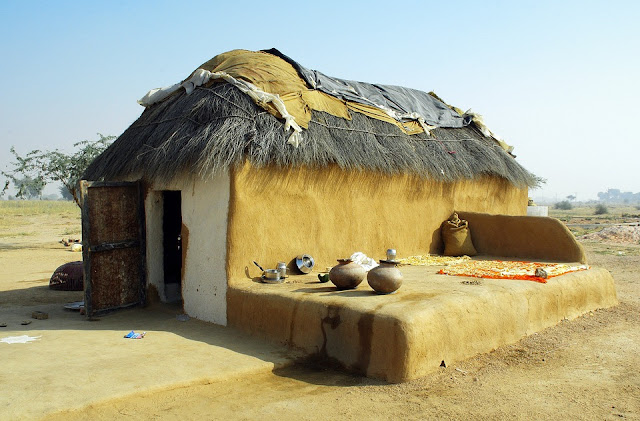COVID 19: triggered migration Part II
By Malini Shankar
Digital
Discourse Foundation
Thirty eight year old Nayaz works
as a freelance driver in Bangalore in India. He earns a grand income of Rs. 13000 (€ 151.281 / US $ 176.644) a month.
He is educated and speaks flawless English.
He has good inter personal skills and can boast of some good public
relations. His regular clients’ list reveals his dependable traits. Yet he
cannot monetise his skills and traits to make a decent standard of living. If a benevolent client sponsors his lunch during driving hours he can save some money on his food, he says.
COVID 19 triggered lockdown scaled down his meagre opportunities of part time employment too. People were not going out, they did not need him to drive them around. That meant no income.
He has seen better days. He was working in a Printing Press in Saudi Arabia but an industrial accident left him with loss of four fingers on his right hand. The four fingers are now barely seen as stubs. He did not get insurance or compensation and he lost his job, when he came back to India for treatment. He could not go back.
Despite this handicap, he is determined to use his injured right hand to earn a living respectably. He confidently steers the wheels on highways as well as in congested Bangalore or any Indian mega city notorious for traffic.
He is married with a son; whom he is determined to give a “good English medium Convent education” so that his son gets a better future than him. “There are barely 2 – 3 days a week that I earn as a driver. "Sometimes I feel desperate to make ends meet. My wages are based on the number of hours, not even number of days. But it is better than begging on the streets” says an inconsolable Nayaz, while speaking to Digital Discourse Foundation
If only there was better
infrastructure in India’s immense rural landscape, employment opportunities and
livelihood security would have parasailed India into an altogether different
league of developed nations.
 “The difference in the wage rates
will pull the labourers towards the new workplace due to attraction of higher
wages. This is the basic seed of the model developed by Noble laureate Arthur
Lewis.
“The difference in the wage rates
will pull the labourers towards the new workplace due to attraction of higher
wages. This is the basic seed of the model developed by Noble laureate Arthur
Lewis.

There is a third theory of
migration and that operates largely in the big cities. This is called the chain
migration theory wherein, the first person migrating out from the hinterland or
underdeveloped region finds work and then calls his family and friends from the
village of his origin.
Migration does not necessarily
take place from nearby hinterlands but it certainly happens from the land
wherein the livelihood system is threatened because of the lack of work or
sources of income.
Yes, farm distress is certainly
one of the reasons why small and marginal farmers prefer to migrate leaving
their lands for cultivation under hidden tenancy to the others in the village.
The reverse migration due to pandemic certainly has no connection with the farm distress but more because of the threat to life and livelihood confronted by the migrating labourers in the place of their work.
Most of the works under the unorganised sector were not available and hence are links that had almost stopped for them; it compelled the migrant workers to go back to their village” says Dr. R.S. Deshpande, former director of the Institute of Socio Economic Change, in Bangalore while speaking to Digital Discourse Foundation.
It is true that the migrants usually come from the hinterland under stress and at times from distant places also. Usually there are two theories of migration namely Push Migration and Pull Migration.
Pull Migration on the other hand
only needs the urban areas or new workplaces. This usually happens when wage
differentials are substantial between the hinterland or underdeveloped regions
and the new workplaces.
“Native places are home but they
are not places that offer opportunity. More than 66% of households in
agriculture have to look for other sources of livelihood as well. Places with
poor infrastructure, facilities for only elementary education and primary
health. Life is hard and full of
drudgery.
As against this, cities offer
money and at least more consumption goods and some possible opportunities. Migrants,
especially short term migrants have been highly invisible in cities; their issues
have been neglected at local, state and national levels for a long time. A
fault-line that ruptured with the lockdown” says Professor Amita Bhide.
“The bulk of the migrants are from states of UP, Bihar and MP. These states had a higher than national average net birth rate and lack of equitable development in UP and Bihar is a key cause of migration. South India cornered many public sector investments historically and later on the software boom again in South India. There is no data base of migrants. The invisible migrants became visible due to the lock down” Says Ravishankar S Rao, a retired banker speaking to Digital Discourse Foundation.
“Indian institutional setup is not geared for migration though we have a freedom to move. The interstate migrant act is the only protective legislation but has no teeth. The matter of citizenship rights have been left to respective state governments where domicile and matters of regional identities rule. This adds to the exploitation of migrant labour” adds Professor Bhide.
The unevenness in development
story explains migration at bulk level but during the last decade migration
patterns have become more complex with growth spots emerging even in 'backward'
states.
Hinterland cities, districts, and towns lack enterprises, consequently there are not much employment opportunities, no economy to speak of, no insurance or social security measures.
The attempt to create a national ID card based consumption patterns
and economic database turned out to be a quasi-surveillance weapon as are many
other means in India – including the contact tracing app for COVID 19.
There is no data base on migrants,
census and National Sample Survey Organisation
definitions are inadequate to capture short term migration and neither Gram
panchayats i.e. village administrative councils, that are sending areas nor the
receiving states or cities keep data on migrants.
Legislations like Interstate Migrant Workers Act expect employers to keep data but they don't. With poor entitlements in the city and a relationship only mediated by work; the lockdown and the associated closure of work compelled people to return home.
It should be noted that not just seasonal and short term migrants but even more long term migrants with families took to return home as an option” explains Prof. Bhide.
Is it a shocking reality that the migrants live in squalor devoid of sanitation, water and to some extent food security. The very indices of Human Development are glaringly missing: being directly proportional to the number of cases of COVID 19 in urban sprawls / Chawls / slums we have lived with this reality, in fact our cities thrive on such labour and such squalor.
Our concern even with the cases of COVID rising in such settlements is not the poor condition of living and the low investment in human development but that we need to keep distance from these settlements. We need the settlements, the cheap labour and services but we want them to stay at a distance where they won’t affect us” says Prof. Bhide reflecting about the realpolitik of migrant labour in a thriving robust economy which is found dreaming of reaching 5 Trillion Dollar economy!
“Though Indian economy witnessed
robust growth during the past two decades unfortunately around 90 percent of
the workforce is still in the informal sector. In this situation growing
informality within the formal sector is also becoming a matter of concern.
Most of the migrant labourers that come to the cities are usually engaged in informal work without any job security or benefits. Lock down made these workers jobless overnight and they were unable to sustain themselves for long. Paying rent for their accommodation in particular was a major burden which forced them to migrate back to their villages where they have at least their own place to stay.
Lack of transportation made many
migrants walk thousands of kilometres to reach home and some even died on the
way which is really unfortunate” says Prof. Meenakshi Rajeev of Institute of
Socio-Economic Change, Bangalore in an e mail interview to Digital Discourse Foundation.
“The COVID crisis shows that
India as a nation state which thinks political economy without a sense of
culture and moral economy. One can’t objectify and canonise tribes. One has to
understand that tribal groups are most vulnerable to sickle cell epidemics. The
regime needs a psychiatrist and an anthropologist, not an economist or a
manager who builds the lockdown and amalgamates it into CAA and the current
authoritarianism of majoritarian democracy”: says Prof. Shiv Vishwanathan a
social scientist in an e mail interview to Digital Discourse Foundation.
Like Gandhiji said, “India’s progress lies in the economic development of her villages”. Once the villages and rural landscape are fully developed and self-sufficient, India will not only be an economic powerhouse but a world leader in every sense of the term. Migration for upward mobility or fear based (migration) is only a short term solution that only sustains poverty and frugal lifestyles. Capitalistic development unfortunately creates islands of prosperity that does not deliver from poverty, rather sustains it.
Concluded
























Comments
Post a Comment